AR500 Armor Militia Helmet - Gimmick or Good Gear?
Apr 14, 2020
The primary question on people's minds at the moment is - is it actually a good helmet or are its attributes only marketing hype?
What I can say for certain is that as the helmet is composed of steel it will offer less deformation than a typical aramid or UHMWPE ballistic helmet. Steel armor usually has very little to no transient deformation. Transient deformation is the impermanent deformation of armor that requires a backing (such as the NIJ standard Roma Plastilina No. 1 clay) or slow motion camera to see the full extent of it due to a 'snap back' effect wherein the deformed armor will reach its peak deformation and then partially or even fully return to its original shape. While common aramid and poly ballistic helmets may not have much permanent deformation, what you are not seeing (assuming the helmet has not been tested on a fixture capable of recording the transient deformation) is the amount of transient deformation as the material will rebound some from its maximum point of deformation. The short version is - less deformation, less blunt trauma.
It's weight is roughly on par with lower end aramid helmets like the ACH and similar commercial derivatives, though this has to be discussed in the context of how much coverage the helmet offers. AR500 Armor has not published any info on the amount of coverage in square inches the Militia helmet offers, though as a high cut style helmet it is already sacrificing coverage for the sake of shedding weight and being compatible with hearing protection muffs, namely those like the ComTac III or Sordin Supreme Pro-X. That said, comparing its weight of 3 pounds to the Fweight of helmets like the Ops-Core Fast ST (designed only for fragmentation protection) at 2.74 pounds for a Large its not much heavier than even the more expensive offerings out there, assuming comparable coverage.
Another matter is that steel should, at least in theory, offer better protection at the edge. It is known with aramid and poly helmets that edge roll during a ballistic impact is a problem. Edges tend to roll severely when hit by handgun projectiles. A helmet made of steel should not suffer from this problem or will at least mitigate it significantly.
Mitigation of fragmentation might be an issue, though the helmet is only designed to stop handgun rounds. Handgun projectiles, typically travelling much slower than rifle projectiles, tend to not fragment as violently. They generally remain in one solid piece or a few larger pieces. That said I would personally like to have seen the helmet at least receive a single or double ply wrapping in a ballistic fabric like Kevlar 29 to further improve user safety, as the fabric would help trap any errant fragments, though this would of course increase cost for several reasons. The helmet also appears to have a rolled lip on the rim which should help in redirecting stopped projectiles or fragments away from the wearer should they travel downward.
I would like to see much more detailed information on the available suspension and padding systems. The stock suspension appears inferior to the common Ops-Core H Nape and detailed info on the two types of pads available is currently not available. I would question whether or not common aftermarket suspension and pad systems would work in this helmet. Using aftermarket pads could be a problem due to the single size shell - the helmet relies on the padding for fit. A secondary concern in this area is that single size shell systems that use the padding to adjust fit often sacrifice protection for wearers with larger heads. A larger head means less space inside the helmet, which means thinner pads must be used to achieve proper fit. Thinner pads = less blunt force protection. Whether or not this helmet uses such a pad system is not yet clear. Upon close inspection it appears the suspension system does adjust in the rear for fit, so this helmet may have a one size pad system.
The final major issue at hand here is the price - at a base price of $300 when the pre-order period is over the helmet is competing directly with some US made high cut ballistic helmets like the Revision Viper A3 as well as the myriad of Chinese made helmets that have flooded the market recently. The Militia Helmet's place of origin is as of yet unknown. In addition, its pad and suspension system may prove to be sub-par and need replacement to compare to stock suspension and pads on other commercial helmets.
All that said, it appears for now to be a viable helmet solution - at least for civilian and possibly law enforcement users. Whether or not it proves itself to be truly comparable (especially in fit and accessory compatibility) to its competitors has yet to be seen, we'll have to wait for the helmets to ship and user reviews to roll in to get any end user opinions on it.
Company Info
User Center
Payment & Shipping
Copyright © 2009-2022 Yakeda INC. All Rights Reserved.

